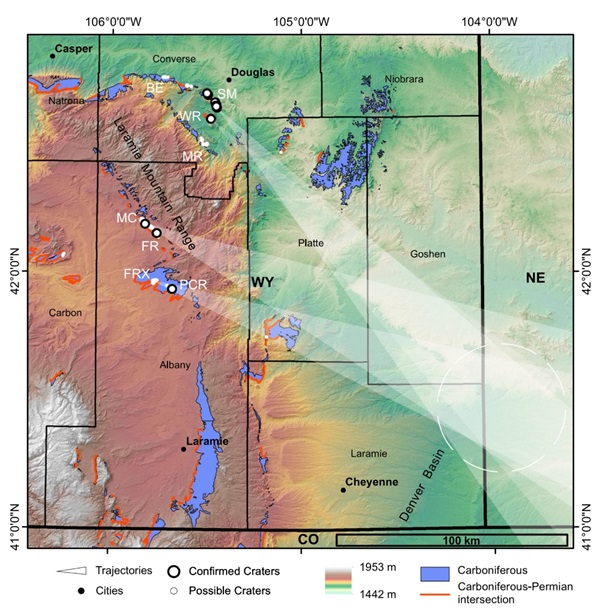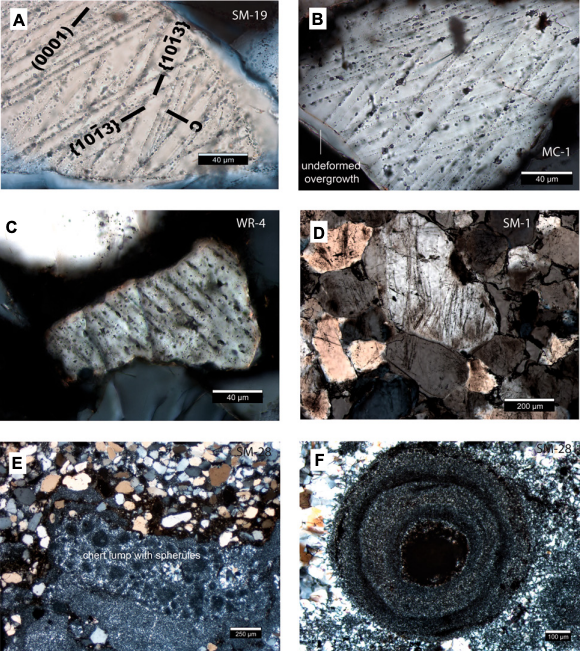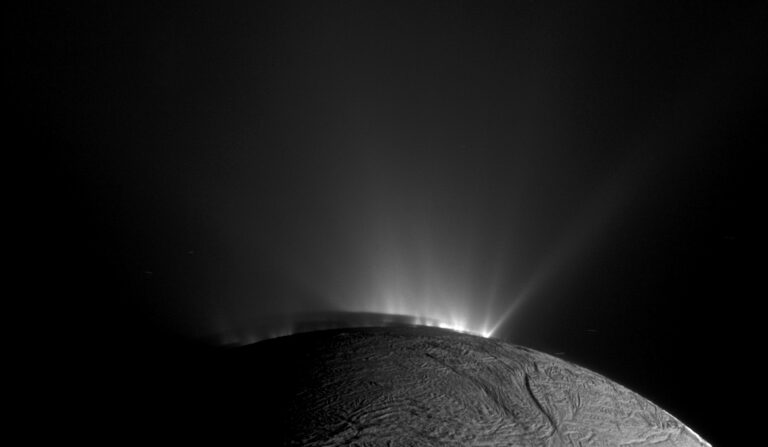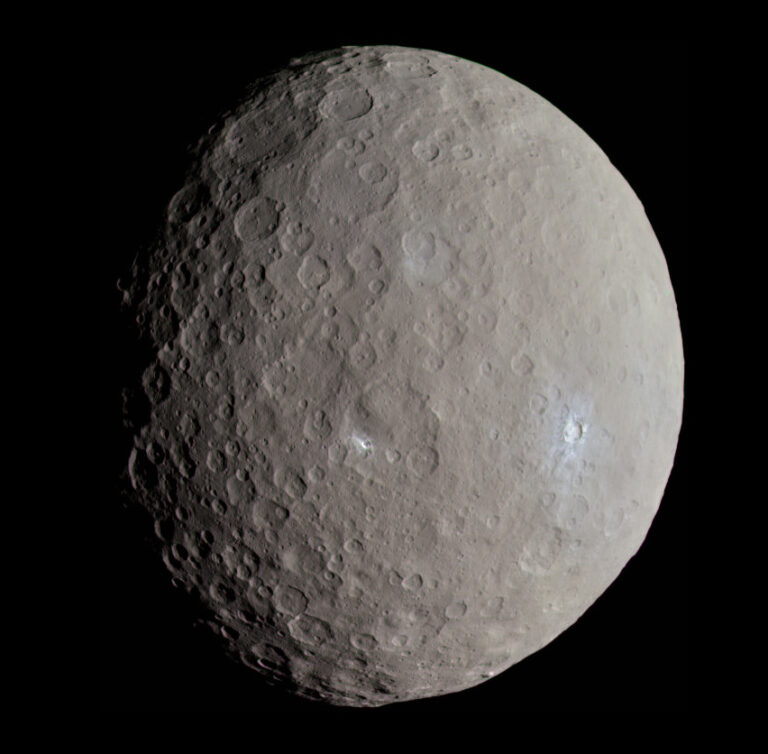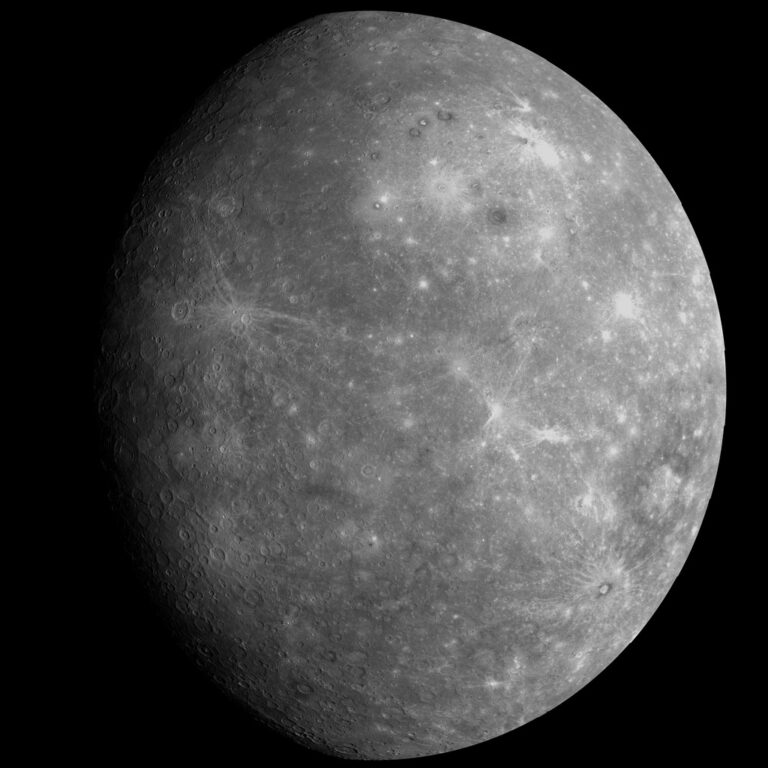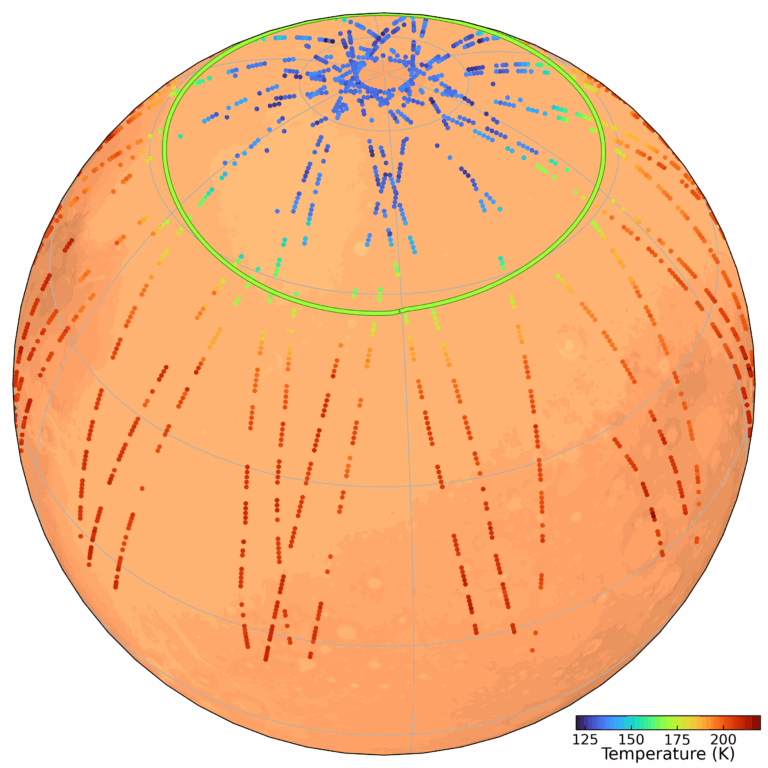Key Takeaways:

Sometimes a deer hunter finds more than a six-point buck.
In the mid-1990s, a hunter named Gene George — who happened to be a petroleum geologist — found an odd depression in southeastern Wyoming. George hypothesized that a cosmic impact was responsible for creating the depression, so he called geology professor Peter Hunton of the University of Wyoming to discuss his theory.
Intrigued, Hunton sent one of his undergraduate students to investigate the site as part of a summer research project. The undergrad initially mapped five possible craters in the area, ultimately detailing the findings in a 1996 report.
Fast forward to the Great American Eclipse of 2017: Geologist Kent Sundell of Casper College in Wyoming was leading a pre-totality field trip that included Apollo 17 geologist-astronaut Harrison Schmitt. Sundell had recently used the college’s newly acquired drones to reconfirm the crater cluster first detailed two decades earlier. Out there on the dry, windswept plains, Schmitt “and all the rest of the planetary scientists all agreed these [features] were exceptional,” Sundell tells Astronomy.
Soon after, Sundell began using the drones, as well as his students, to locate more craters. And they did. Lots of them.
Fellow team member Doug Cook, an independent consultant, then asked Thomas Kenkmann of Albert Ludwig University in Freiburg, Germany, to analyze samples from the craters. Based partly on the shocked quartz Kenkmann found in the samples, he was able to confirm they were indeed created during a cataclysmic cosmic impact. Ever since, Sundell says that he and his students regularly make the hour-long drive from Caspar to continue studying the craters.
Earth’s first batch of secondary craters
Those one-hour trips take Sundell and his team back in time some 280 million years, all the way to the Permian Period, when an impact slammed into the supercontinent Pangea. That devastating strike is responsible for creating the several dozen smaller craters that make up what is now called the Wyoming Crater Field.
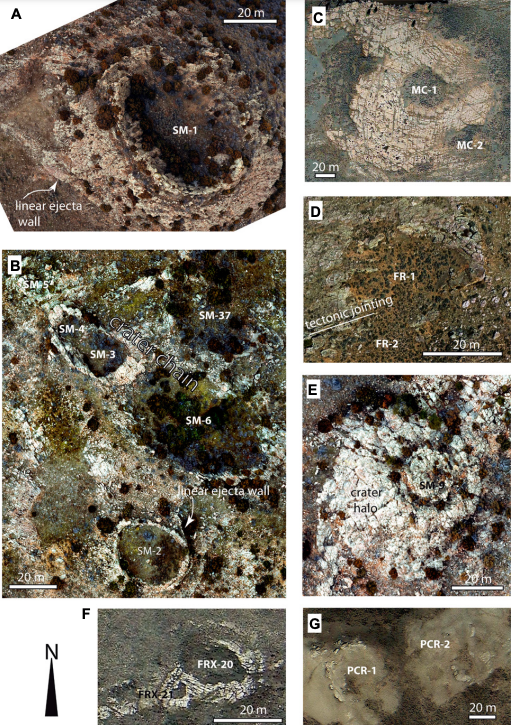
In 2018, the team published their initial interpretation of the Wyoming Crater Field in Scientific Reports. Their theory? The crater cluster was the result of multiple hits from a single massive meteoroid that exploded into many smaller fragments while still in Earth’s atmosphere.
However, further investigation has since led to another idea. On Feb. 11, 2022, Kenkmann and his team published a follow-up paper in GSA Bulletin. In it, they suggest the Wyoming Crater Field is actually the result of secondary impacts that stemmed from a primary impact that hit somewhere along the present-day Wyoming-Nebraska border. The supersized crater from the primary impact, if it exists, would be some 31 to 40 miles (50 to 80 kilometers) wide and filled with sediment.
“Secondary craters around larger craters are well known from other planets and moons,” Kenkmann said in a statement provided by the Geological Society of America (GSA), “but have never been found on Earth.”
In this case, the team believes the primary impactor would have been at least a mile (1.6 km) wide. For reference, the iron-nickel meteorite that slammed into Earth to create the 0.75-mile-wide (1.2 km) Meteor Crater in Arizona was only about 160 feet (50 m) across.
A closer look at the craters
The 31 secondary craters found so far range from 32 to 229 feet (10 to 70 m) wide and fan out over an area forming a triangle bounded by the cities of Laramie, Casper, and Douglas, Wyoming. The secondaries are located some 93 to 124 miles (150 to 200 km) beyond the suspected main crater. And according to the team, a single meteoroid air burst could not have created such an expansive set of craters.
The secondary craters all were formed by ejecta (from the primary impact) ranging from about 13 to 26 feet (4 to 8 m) wide. These ejected fragments struck Earth with velocities ranging from roughly 1,500 mph (2,400 km/h) to more than 2,200 mph (3,500 km/h).
The smaller strikes line up in a typical secondary chain, and some of the craters are elliptical, indicating a low-angle impact. The classic “herringbone” pattern typical of secondary impacts also may be present.
The craters the team has studied so far show shock features associated with impacts, but another 60 putative depressions still await further scrutiny. The native chert (a fine-grained sedimentary rock) found in some craters also has inclusions of accretionary lapilli, which are tiny spherical objects made of concentric layers of ash that form around condensing liquids or other particles. They form in the giant plumes above volcanic eruptions or impacts in the seconds and minutes immediately following the violent events. Occurring in a sandstone formation with varying degrees of preservation, some of the secondaries even show ejecta blankets, which consist of impact-strewn materials close to a crater rim.
Confirming Wyoming Crater Field’s origin story
Despite mounting evidence, before the team is able to confidently state Wyoming Crater Field is truly a secondary impact site, more work must be done.
First and foremost, the investigators want to find the massive primary impact crater, which has been hidden by sediment deposited over the past couple hundred million years. Furthermore, the team also plans to search for more associated secondary craters that could further constrain the parameters used in their impact models.
Meanwhile, one team member, Sundell, is particularly intrigued by the possibility that the Wyoming Crater Field might be the result of “a meteorite storm that struck the entire Earth over a substantial period of time,” he said. Although such a storm would have surely led to numerous sets of strikes around the world, Sundell suggests that “we just found an area that preserved these fast-moving small impactors very well.”
However, despite some of the data implying the impacts were spread out over a non-negligible period of time, as well as evidence of the Moon falling victim to an increased cosmic barrage some 290 million years ago, Kenkmann and Cook don’t agree with Sundell’s meteorite storm hypothesis.
What secondary craters can teach us
Kelsi N. Singer, a senior research scientist at the Southwest Research Institute who specializes in secondary craters and was not involved in the study, tells Astronomy that “in theory, most primary impacts should form secondary craters, but maybe we don’t see them as often on Earth because they are more easily eroded than the larger primary.“
Should the Wyoming Crater Field be confirmed as a strewn field of secondaries, Singer says, it would be “a great comparison to those on other planets. Secondary craters are a record of all the fragments that got ejected from the parent crater, so they are really useful for understanding how craters form and how the physics operates.”
“This paper is very exciting and important…” says planetary geologist Steven Jaret of the American Museum of Natural History, who was not involved in the new study. “While scientists have speculated about secondary craters also occurring on Earth, it’s nice now to have direct evidence that they can happen even with a thick atmosphere.”
Jaret added that “the discovery of shocked quartz in these secondary craters is very important. Shock quartz only naturally occurs during an impact from an object going very fast. Even meteorites landing don’t fall fast enough to shock the quartz. So, it’s really interesting that material ejected from a primary crater comes back down with enough velocity and energy to make a shock event.”
This series of magnified images reveals some of the impact-related microstructures found within material collected from the Wyoming Crater Field. (A) Fluid inclusions in sample collected from crater SM-19; (B) Lamellae in sample from crater MC-1 exhibit shock effects; (C) Wide-spaced planar fractures present in sample from crater WR-4; (D) Concussion fractures in quartz grains in sample from crater SM-1; (E) Chert lumps embedded in sandstone from Crater SM-28 include spherical lapilli; (F) Close-up of spherical lapillus (accretionary Iapillus). Kenkmann, T., Fraser, A., Cook, D., Sundell, K., and Rae, A., 2022, Secondary Cratering On Earth: The Wyoming Impact Crater Field, GSA Bulletin
Yet another outside researcher, Canadian planetary scientist Gordon Oskinski of the University of Western Ontario, agrees that the paper is a strong one. However, he was also taken aback by the age of the crater field. “This is a testament to the element of luck in geology. In this case, various things lined up for this field to not just be preserved, but to be exposed at the surface in an area also with lots of rocks at this time in the history of Earth — when there are scientists around to study them.”
As always, more data are needed for confirmation. Particularly, finding the primary crater, Singer says, will clinch the team’s hypothesis. But after all, the quest to find more evidence is what Sundell calls “fun science in the making.”
Those interested in seeing the Wyoming Crater Field for themselves might want to consider registering for the 2022 Outdoor Writers Association of America conference, which will take place May 21-23, 2022, in Casper, Wyoming. During it, Sundell will be leading excursions to the site.

